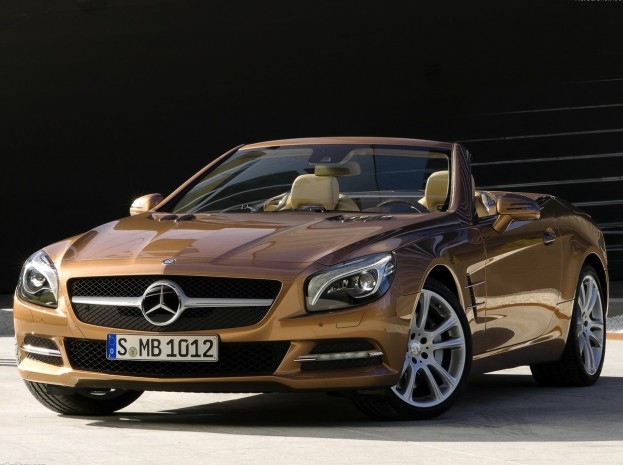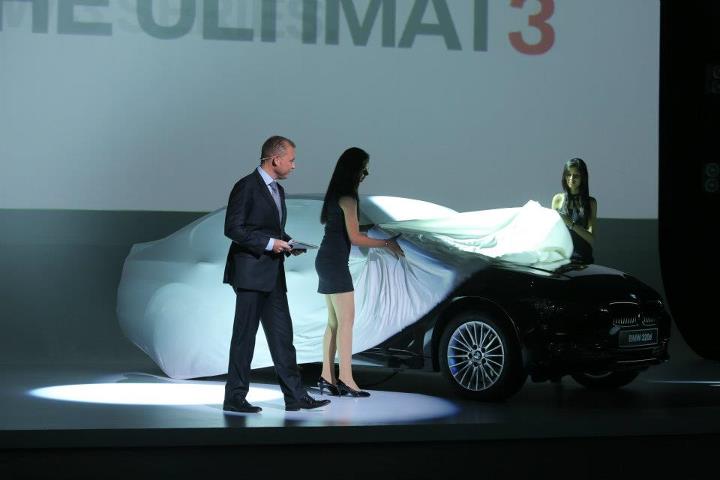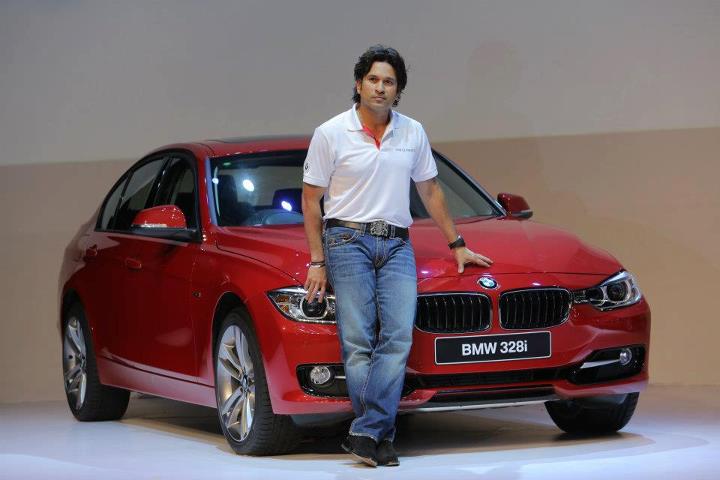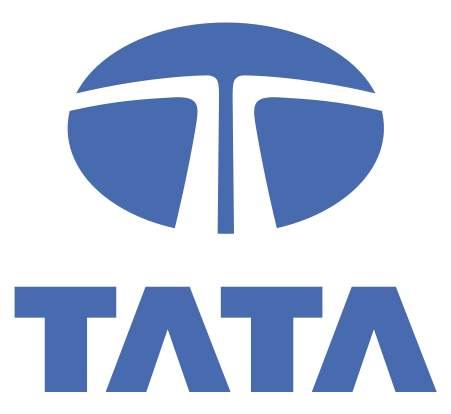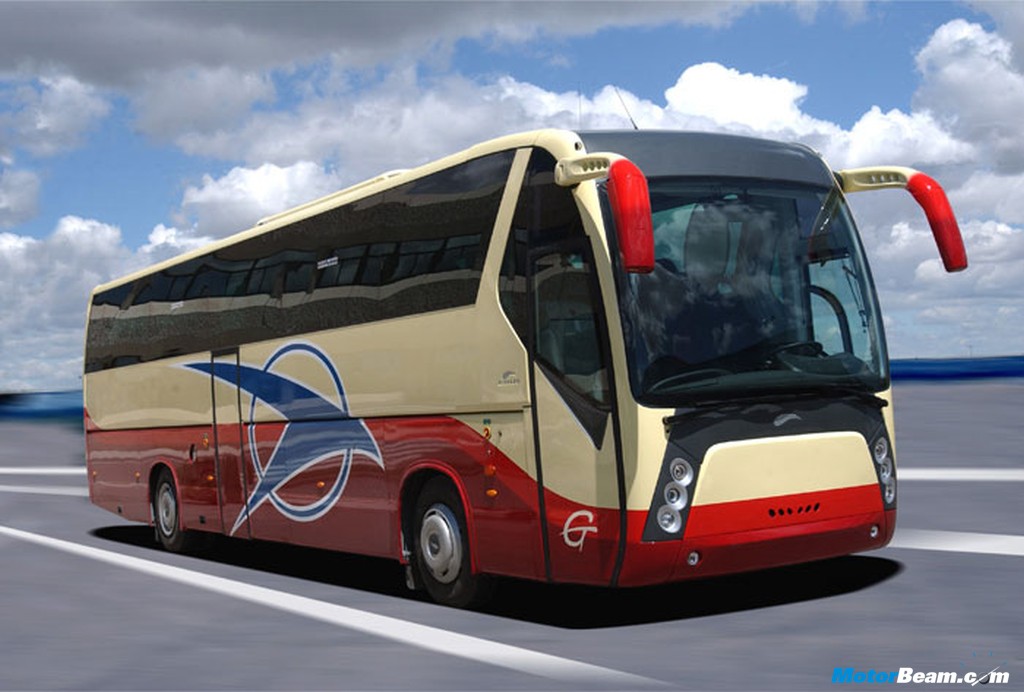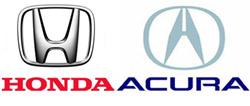Honda Motor Company, Ltd. is a Japanese public multinational corporation primarily known as a manufacturer of automobiles and motorcycles.
Honda has been the world's largest motorcycle manufacturer since 1959,as well as the world's largest manufacturer of internal combustion engines measured by volume, producing more than 14 million internal combustion engines each year.Honda surpassed
Nissan in 2001 to become the second-largest Japanese automobile manufacturer.As of August 2008,
Honda surpassed
Chrysler as the fourth largest automobile manufacturer in the United States.Honda was the seventh largest automobile manufacturer in the world behind
Toyota, General Motors, Volkswagen AG, Hyundai Motor Group, Ford, and Nissan in 2010.
March 27 1986,
Honda introduces a new product line called
ACURA. A high end luxury automobile that remains one of the most luxurious cars on the market.
Timeline of Events-
1940
Soichiro Honda is born in Japan.
1946
October, Soichiro Honda establishes the Honda Technical Research Institute in Hamamatsu, Japan, to develop and produce small engines.
1948
Honda Motor Company is established in Japan.
1958
The Honda Super Cub debuts.
1959
Honda opens its first dealership in Los Angeles selling motorcycles. The Honda 125cc motorcycle takes 6th place in its class in the Isle of Man TT race.
1960
Honda begins
motorcycle production at its Suzuka factory.
1963
Honda releases the S500, its first sports car, in Japan.
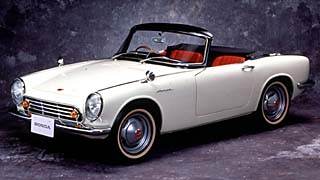 |
| honda S 500 |
1964
Honda enters Formula One racing for the first time. Auto production begins at Honda's Saitama factory in Saitama, Japan.
1966
Honda N360 mini-compact car with air cooled engine is introduced.
 |
| Honda N 360 |
1967
Auto production begins at Honda's Suzuka factory.
1972
The Honda introduces the first automobile to the American public. The Honda Civic.
1973
The CVCC engine complies with Clean Air Regulations for 1975.
1977
Honda Civic CVCC made the EPA's top spot on the Top 10 list of fuel efficient cars for the fourth consecutive year.
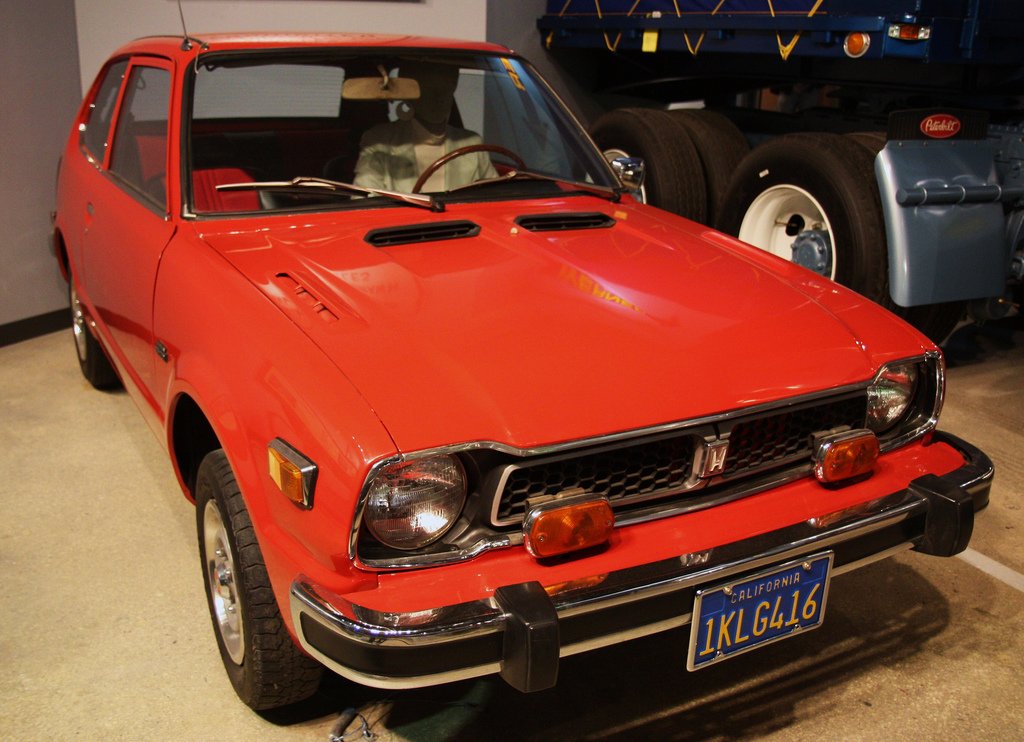 |
| 1977 Honda Civic CVCC |
1978
The Honda Prelude debuts.
1982
Honda of America manufacturing begins assembly of the
Honda Accord.
 |
| 1982 Honda Accord |
1983
Honda Civic CRX-HF was the first mass produced 4-cylinder vehicle to top the 50 MPG fuel economy mark.
 |
| 1983 Honda Civic CRX-HF |
1984
Honda returns to Formula One Racing after a 15 year hiatus. Honda research of America opens.
1986
March 27, Honda introduces a new product line called ACURA. A high end luxury automobile that remains one of the most luxurious cars on the market.
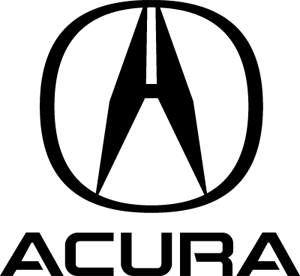 |
| Acura LOGO |
1988
Honda developed a new standard in performance and economy by announcing the development of the VTEC (Variable Valve Timing & Lift Electronic Control) automobile engine.
1989
Honda assembly plant in Ohio starts manufacturing Honda Accord Coupes with right side drive for export to Japan.
1990
Acura introduced Soichiro Honda's vision of a sports car, the NSX. He wanted a car that was designed like a fighter jet airplane: open canopy, very responsive and fun to drive. The NSX is capable of extraordinary performance due to the 4 cam V6 engine mounted amidships for better weight distribution. All suspension components are made from lightweight extruded aluminum. Honda wins its fifth consecutive 1st ranking in the J.D Powers Consumer Satisfaction Index.
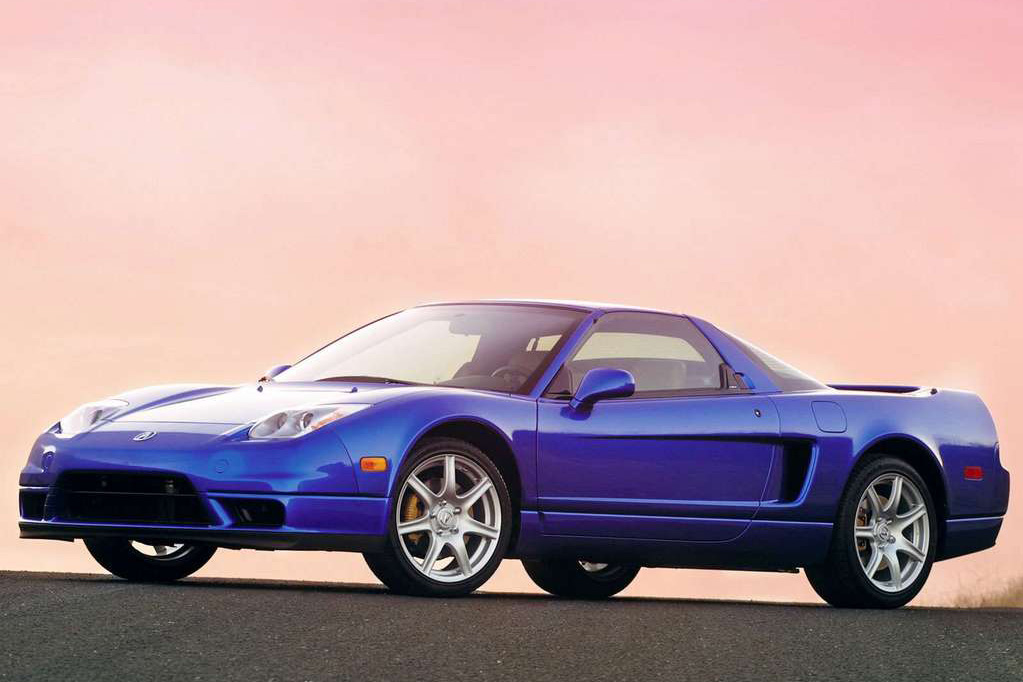 |
| Acura NSX |
1991
Honda commissions a race team to race the NSX engine in the GTP prototype series. The car had a Spice race chassis with a STOCK NSX engine amidships. When the car was introduced in the 1991 season, the car took all 16 race series pole position and all the races. At the Daytona 24 hour race, this car finished 45 minutes ahead of the next car!
1994
Honda enters the IndyCar World Series.
1995
Through electronic controls and light weight, Honda Civic is the first gasoline powered vehicle to meet California 's Low-Emission Vehicle (LEV) standard, reducing smog producing hydrocarbons by 70% below federal standards. Honda's two passenger solar powered car, The Dream, breaks World Solar Challenge record. The Honda Civic HX Coupe with CVT (Constantly Variable Transmission) is the only automatic transmission vehicle to be included in the EPA's top 10 fuel efficient cars.
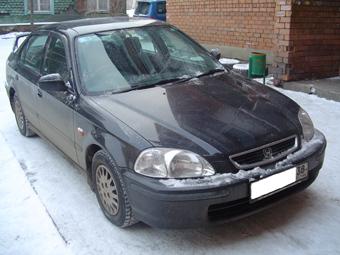 |
| 1995 Honda Civic CVT |
1996
Honda introduces the Acura CL, developed and produced in the U.S. and globally sourced parts. Honda introduces plans to produce an electric-powered car.
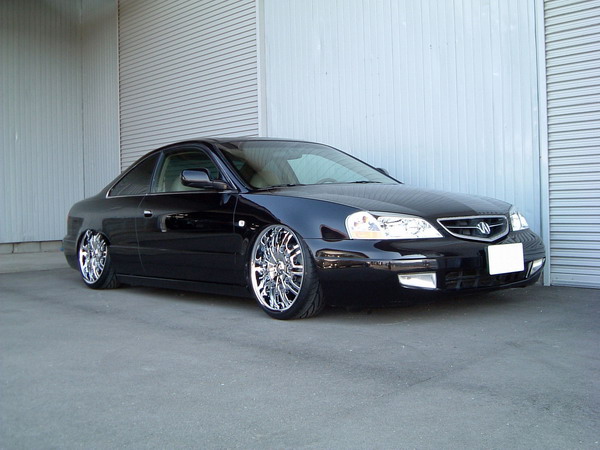 |
| Acura CL |
1998
Honda vehicles comply with California Air Resources Boards Ultra Low Emission Vehicle with the introduction of the
Accord ULEV with an automatic transmission. Honda becomes an environmental leader with the introduction of the new Odyssey. The Odyssey had less than half the federal emission requirements of other similar minivans. Honda claims the distinction of "Cleanest in the World" with the introduction of the Honda Civic GX natural gas vehicle. developed with a sealed evaporative fuel system, the Civic GX is recognized by the EPA as the cleanest internal combustion engine in the world. Honda wins the CART Engine Manufacturer's Racing Championship.
1999
Honda is the first automobile manufacturer to sell Low Emission vehicles in all 50 states. By 1999 2/3 of all Honda's sold are equipped with low emission technology. Honda begins leasing the first 4 passenger electric vehicle with advanced battery technology. Honda develops a fuel efficient low emission Hybrid engine/Electric motor that gets 61 MPG city/70 MPG highway. Honda wins the CART Engine Manufacturer's Racing Championship for the second year in a row.
2000
Honda breaks ground on a new auto plant in Lincoln, Alabama. Honda introduces the
S2000 high performance roadster that still meets the LEV standard while producing 240 horsepower. The 2000 Accord SULEV meets California Air Resources Board standards.
 |
| Honda S 2000 |
2001
The Honda
Insight is named "Most Fuel Efficient Car In America" for the third straight year. The Michelin Challenge Bibendum awards Honda production vehicles 29 awards for "Environmentally Innovative Vehicles". Honda becomes the best selling car in America. The Honda Odyssey earns a double five-star safety rating for the 3rd year in a row. The Honda Civic Coupe becomes one of the first cars to earn an all-around five-star safety rating from the NTHSA.
 |
| Honda Insight |
2002
Every Honda and Acura vehicle is rated LEV (Low Emission Vehicle) or cleaner by Federal Emission Standards. Honda introduces the redesigned CR-V. This vehicle is a complete turnaround for Honda. The engine is designed to run opposite or clockwise from current engines. This allows more power production from the same displacement. The
Civic Hybrid becomes the first established, mainstream, gasoline hybrid engine to be sold in North America.
 |
| Honda Civic Hybrid |
2003
The 10 millionth Honda is manufactured in the United States.
2004
Honda engineers set about creating a walking robot. After 18 years of trial and error, Honda introduced ASIMO (Advanced Step in Innovative Mobility) A robot that can walk independently and climb stairs. Honda engineers felt compelled to visit the Vatican just to make sure it was OK to build a machine that was so much like a human. (The Vatican thought it was okay.) The ASIMO is designed to help people around the house or the elderly turn on lights, open doors, carry objects and push carts. Since it is only 4 feet tall, it is not menacing. "It looks like a kid in a spacesuit". Honda wins racings IndyCar Manufacturers' Championship.
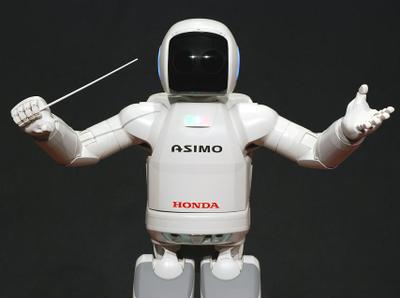 |
| Asimo Robot |
2005
Honda wins racings IndyCar Manufacturers' Championship. Redesigned Honda Civic wins Motor Trend Car of the Year award. Experimental HondaJet makes public debut at EAA AirVenture 2005. Honda Ridgeline is the first ever four door truck to earn top government crash test rating. Honda delivers the Honda FCX Fuel Cell vehicle to the world's first individual customer. 100,000 Honda Hybrid vehicles are sold in the U.S.













